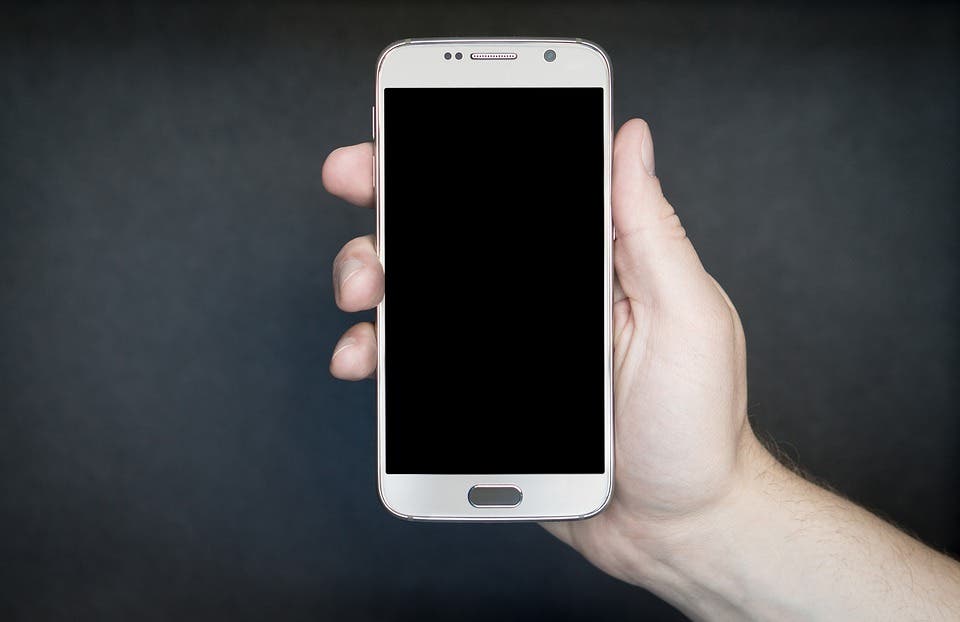New research at the University of Washington is looking at what makes us pick up the smartphone — and how we can learn to leave it be.

I don’t think anyone who owns a smartphone today can honestly say they’ve never been sucked into that little screen for much longer than they intended. Whether its checking messages, like-ing all those breakfast pics on social media, or kicking it in a game app, smartphones can gobble up half an hour in an instant. New research at the University of Washington conducted in-depth interviews to learn why we compulsively check our phones, and how we can stop ourselves from doing so.
No app for that
“For a couple of years I’ve been looking at people’s experiences with smartphones and listening to them talk about their frustration with the way they engage with their phones,” said co-author Alexis Hiniker, an assistant professor at the UW’s Information School. “But on the flip side, when we ask people what they find meaningful about their phone use, nobody says, ‘Oh, nothing.’ Everyone can point to experiences with their phone that have personal and persistent meaning.”
“That is very motivating for me. The solution is not to get rid of this technology; it provides enormous value. So the question is: How do we support that value without bringing along all the baggage?”
The authors identified a series of triggers — which, interestingly, were common across age groups — that start and end habitual smartphone use.
Hiniker and her team worked with three groups of smartphone users: high school students, college students, and adults who have graduated from college. The 39 subjects ranged in age from 14 to 64, were all based in the Seattle area, and were quizzed about how they used their devices. Interviews started with a few background questions and a “think aloud” demonstration, in which participants walked the researchers through the apps on their phone. The team used this step to ask more in-depth questions about each app the participants pointed out as likely to lead to compulsive behavior.
“We were hoping to get a holistic view into the behaviors of the participants,” said first author Jonathan Tran, a UW undergraduate studying human centered design and engineering.
Overall, the participants had four common triggers that led to compulsive use of their phones.
- Unoccupied moments, like waiting for a friend to show up.
- Anticipating or undertaking tedious and repetitive tasks.
- Socially-awkward situations.
- Anticipating or waiting for a message or notification.
The team also identified common triggers that ended participants’ phone use. These were:
- Competing demands from the real world, like meeting up with a friend or needing to drive somewhere.
- Realizing they had been on their phone for half an hour.
- Coming across content they’d already seen.
It was pretty surprising to see that triggers were consistent across age groups, Hiniker says.
“This doesn’t mean that teens use their phones the same way adults do. But I think this compulsive itch to turn back to your phone plays out the same way across all these groups,” he adds.
“People talked about everything in the same terms: The high school students would say ‘Anytime I have a dead moment, if I have one minute between classes I pull out my phone.’ And the adults would say ‘Anytime I have one dead moment, if I have one minute between seeing patients at work I pull out my phone.'”
The team also asked participants to identify something about their smartphone use behavior that they would like to change. Afterward, participants were also asked to draw a rough outline of how the phone could help them achieve this change. Many participants basically described ‘lockout’ mechanisms, the team explains, which is software that essentially prevents the device from being used for certain spans of time.
“But participants mentioned how, although they feel bad about their behavior, they didn’t really feel bad enough to utilize their sketched solutions,” Tran said. “There was some ambivalence.”
The team says that the findings point to a very complex relationship between users and their phones. The lockout mechanisms “would work great” if the phones didn’t have any value to the users, Hiniker explains, but the results show this isn’t really the case. Participants found meaning in a diverse set of experiences, the paper adds, especially through apps that allowed them to connect to the real world. One participant mentioned how a meme generator helped her interact with her sister because they meme tagged each other all the time. Another participant mentioned that the Kindle app let her connect with her father who was reading the same books.
“People describe it as an economic calculation,” Hiniker said. “Like, ‘How much time do I spend with this app and how much of that time is actually invested in something lasting that transcends this specific moment of use?’ Some experiences promote a lot of compulsive use, and that dilutes the time people spend on activities that are meaningful.”
“People have a pretty good sense of what matters to them. They can try to tailor what’s on their phone to support the things that they find meaningful.”
When it comes to designing the next wave of smartphones, Hiniker recommends that designers shift away from system-wide lockout mechanisms. Instead, apps should let users be in control of their own engagement. And people should decide whether an app is worth their time.
The results will be presented May 7 at the 2019 ACM CHI conference on Human Factors in Computing Systems in Glasgow, Scotland.


